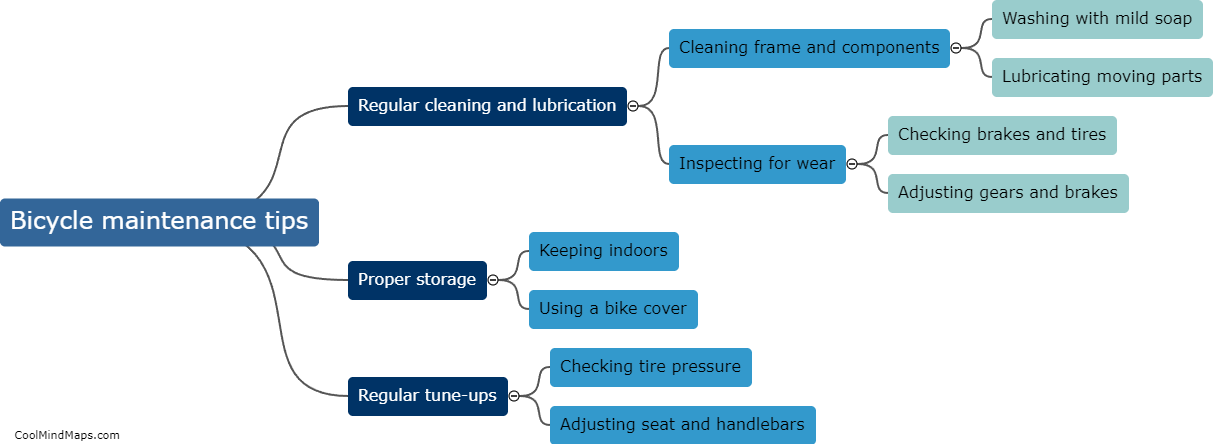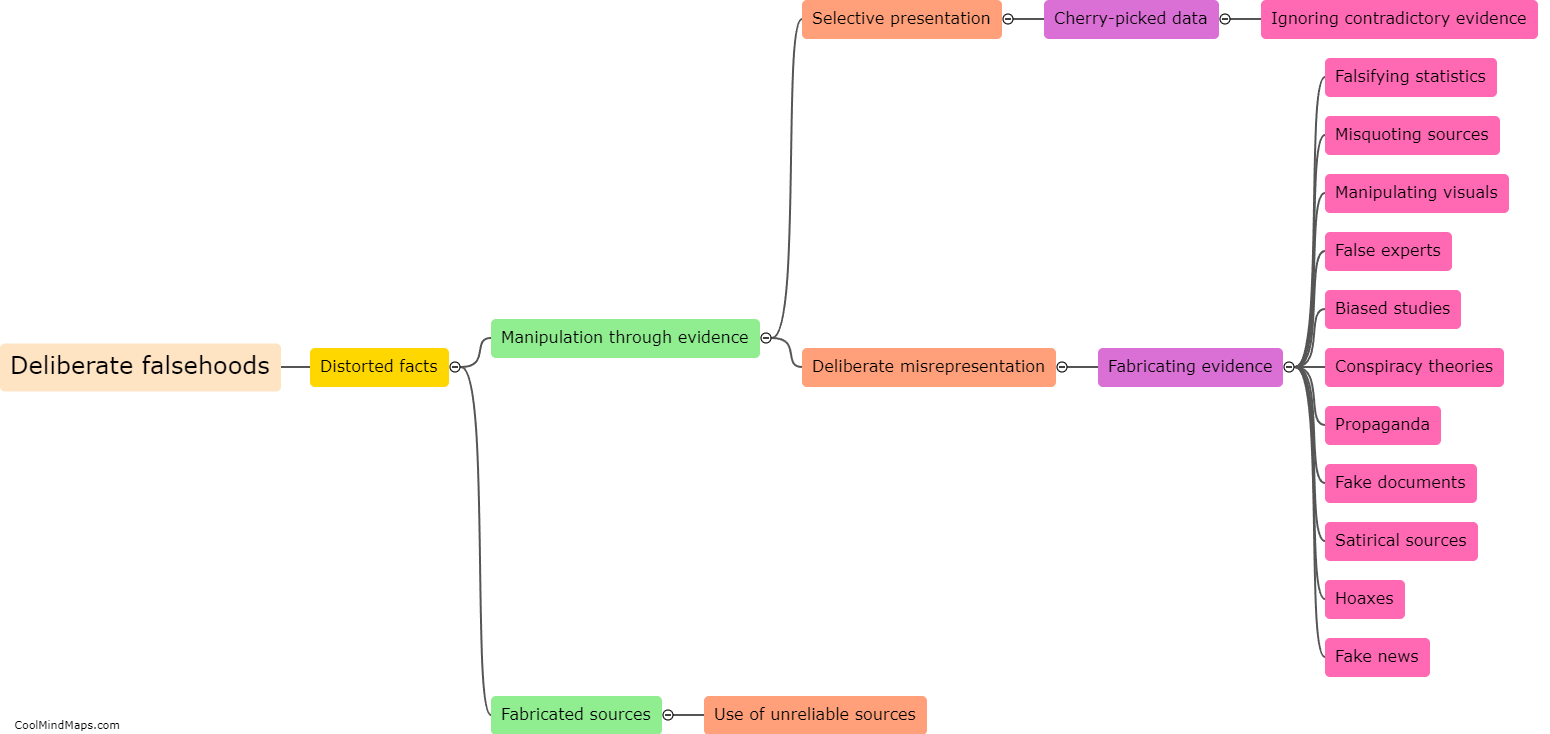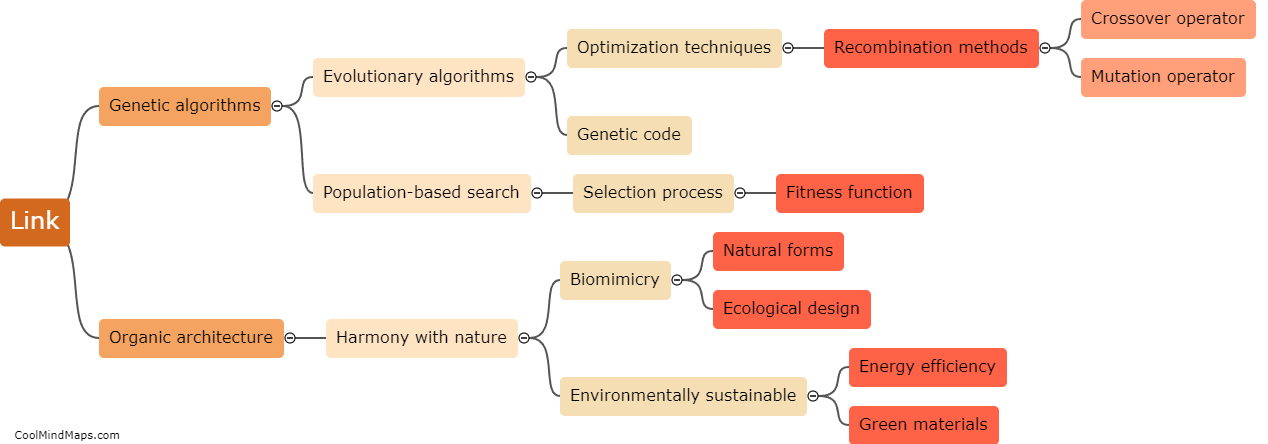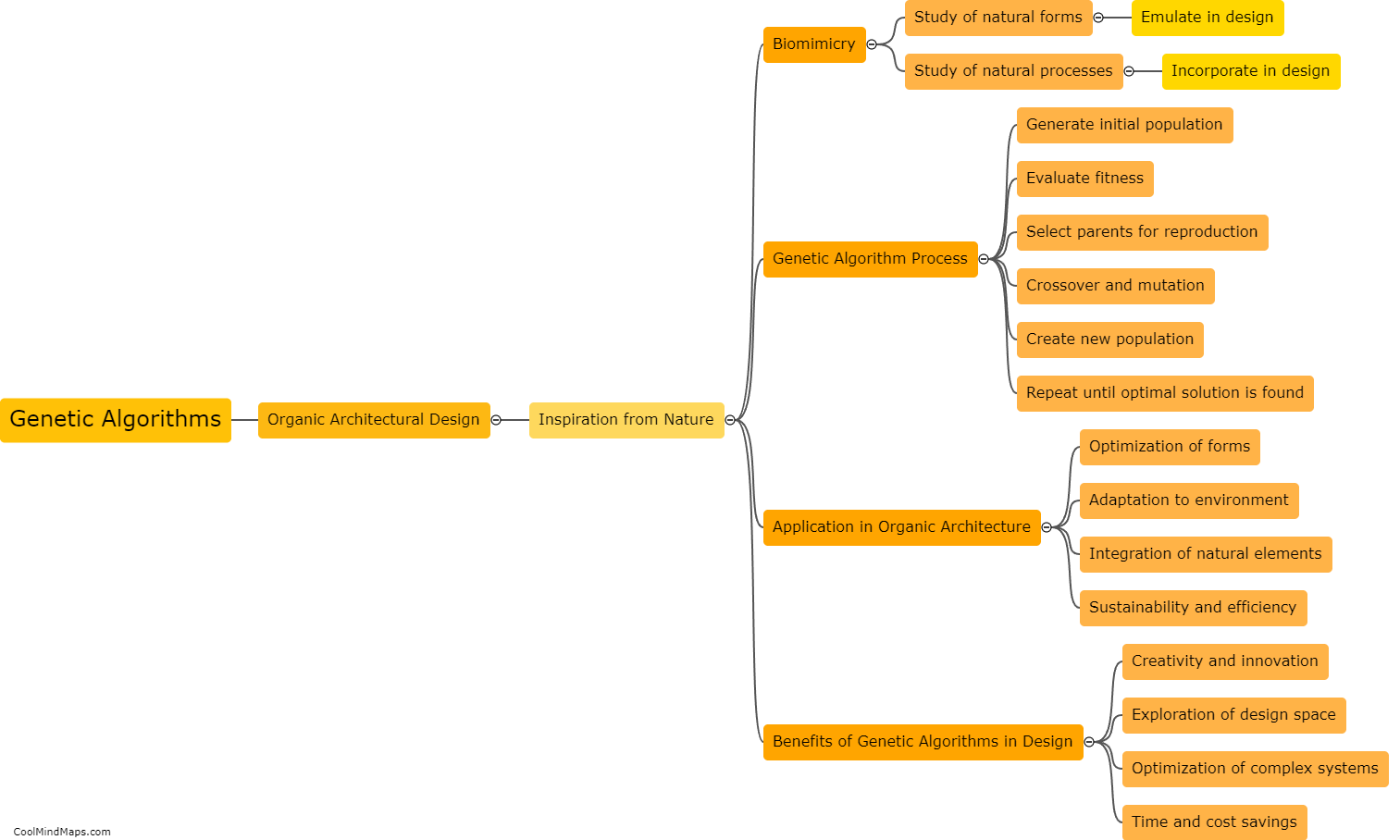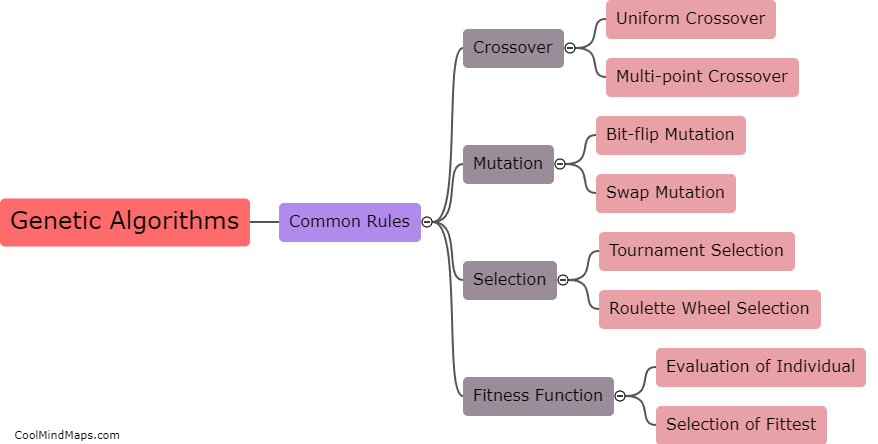What are the limitations of genetic algorithms in biological architecture?
Genetic algorithms have gained prominence in exploring innovative design solutions for biological architecture, which involves the integration of biological and architectural systems. However, these algorithms are not without limitations. One major constraint is the difficulty in accurately representing the complex biological and architectural design spaces within the algorithm's search parameters. Design spaces in biological architecture are not well-defined and are highly contingent upon multiple factors such as context, function, and aesthetics. Another limitation is the challenge of selecting appropriate fitness functions that accurately capture the desired design objectives and constraints. Defining fitness functions that adequately measure the performance, sustainability, and functionality of biological architectural designs remains a significant challenge. Additionally, genetic algorithms heavily depend on computational resources, and complex simulations required to evaluate the fitness of designs can be computationally expensive and time-consuming. Overall, while genetic algorithms offer great potential, there are still several limitations that need to be addressed to effectively apply them to the field of biological architecture.

This mind map was published on 15 November 2023 and has been viewed 95 times.
